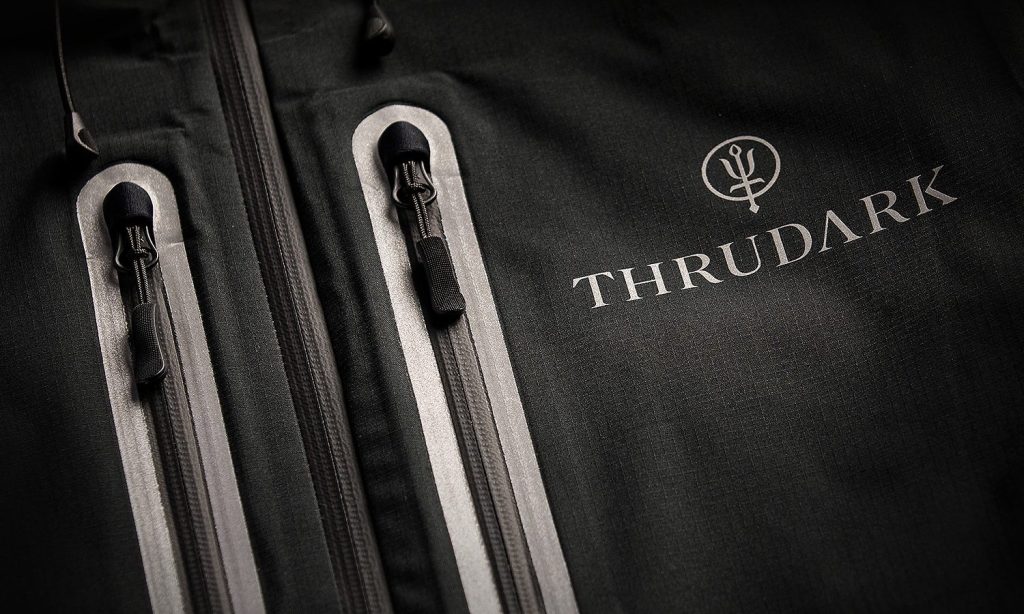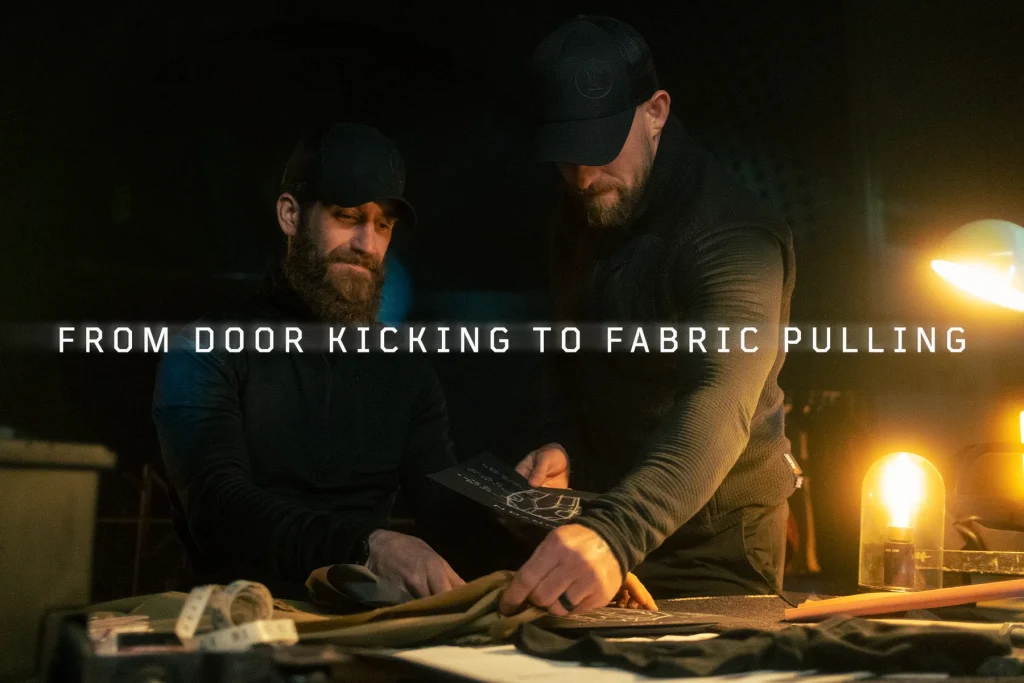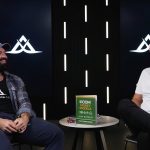The ThruDark founder story doesn’t start with spreadsheets or branding agencies, just two men who got cold, wet, and frustrated enough to do something about it.
After leaving the forces in 2018, Anthony ‘Staz’ Stazicker co-founded ThruDark with fellow UK Special Forces veteran Louis Tinsley. Between them they had almost twenty years of field experience, a shared dislike of bad kit, and an unusually high tolerance for discomfort, which turned out to be a useful combination for startup life.
They began with a simple idea, to fix the things that break when you actually need them. From zips that split mid-air to hoods that collapse in sideways rain, everything ThruDark makes is built to survive the sort of conditions that destroy most outerwear. Each product is personally tested by Staz, who apparently decided the best quality-control system is to throw yourself at a mountain and see what happens.
The results have been worth it, since launching ThruDark has grown into one of the UK’s fastest-rising performance brands, generating £10–13 million in annual revenue, nearly 90% growth over three years, and a Sunday Times Fast Track listing. The company now has a £40 million-plus valuation and sells across multiple continents.

Learning business the hard way
Neither founder came from a business background. Louis was the methodical one, the sort of man who thinks a relaxing weekend means a six-week business course. Staz was the natural communicator, happy to take the spotlight and somehow still find time to climb things. Between them, they created a rhythm: Louis built the processes, Staz made sure anyone with an internet connection knew about them.
Their first year was a masterclass in trial-and-error, Louis once flew to a clothing trade show in Guangzhou after reading the labels on other jackets and deciding “China” was as specific as he needed to be. He came back without a manufacturer but with a strong belief in Stoic philosophy, the obstacle is the way, which is a polite way of saying “we made every mistake possible, and we’re grateful for it.”
They chose e-commerce early, partly for control, partly because wholesale margins were a joke, and partly because it meant they could tell their own story. Instagram was just taking off, and ThruDark’s gritty visuals stood out against the endless beige minimalism of DTC brands. The first hire was a photographer who could shoot, edit, lift boxes, and probably assemble a tent if asked, a true startup multi-tool.
Their military background helped open doors too. Friends like Foxy lent early support, and soon high-profile names like Dylan Hartley and Victoria Pendleton were wearing the kit. Victoria went a step further and became Louis’s fiancée, which makes for an unbeatable case study in influencer marketing ROI.
Building a brand with discipline (and spreadsheets)
As the company grew, the founders realised passion alone doesn’t pay suppliers. Early investor Steve Clark brought in capital and a welcome dose of financial discipline, or as he called it, the “big-boy-pants stage.” Margins, cashflow, and production economics became daily conversations rather than occasional headaches.
When they hired e-commerce lead Ross Allsop, the chaos began to take shape. Ross built the operational backbone that let the brand scale without losing the grit that made it work in the first place. Later, bringing in CEO Chris Reynolds professionalised the structure further and gave Louis and Staz the freedom to focus on what they do best, creating kit that actually earns its price tag.
Today ThruDark sells in the UK, the U.S., and Australia, proving that good design, good storytelling, and two men with questionable risk appetites can take you a long way. Inside the company, the phrase “relentless pursuit of excellence” gets thrown around a lot. It sounds corporate until you watch them debate over a zip.

The line keeps moving
Louis admits he isn’t great at celebrating wins. Every milestone just redraws the line of what’s possible. But when he does stop to look back, the scale of what they’ve built is hard to ignore. In six years, two soldiers turned a sketch on a whiteboard into a global outdoor brand with tens of millions in revenue, a cult following, and a valuation that would make most venture-backed startups jealous.
The uniforms have changed, but the mission hasn’t: build the best gear possible, test it until it breaks, fix it, and keep going. It turns out the battlefield and the boardroom aren’t that different, only the paperwork is worse.






